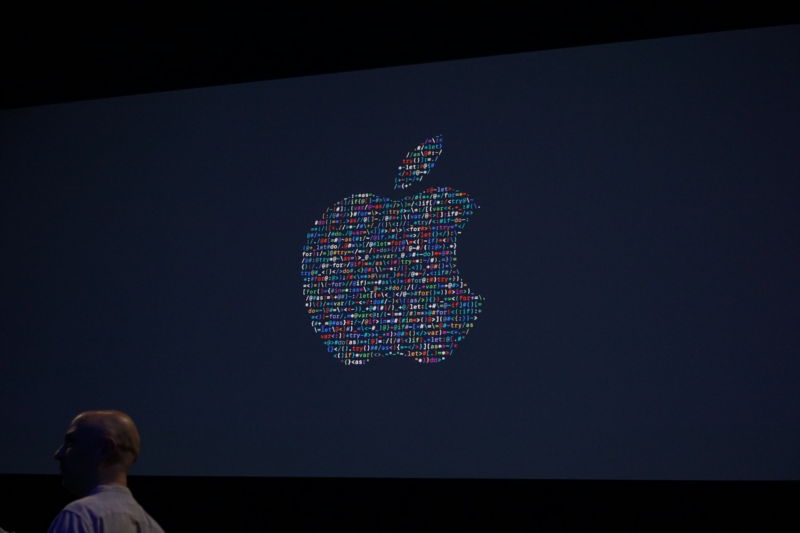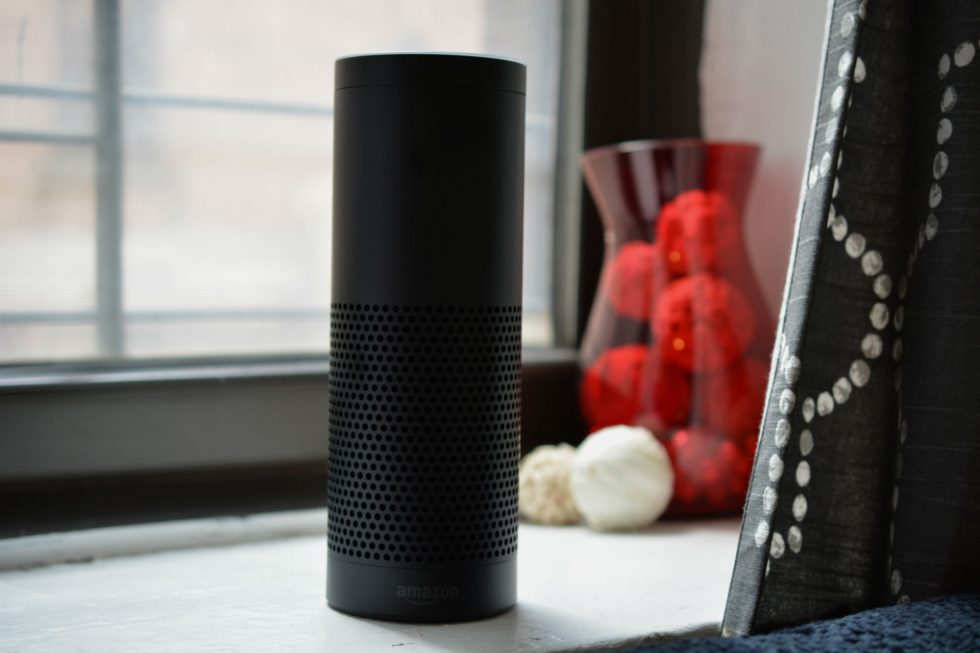
Of the two to four product events that Apple holds in a typical year, WWDC is usually the most interesting. Every June, company executives get up in front of the public (and a live audience of loyal developers who paid $1,600 a head to get in) and lay out Apple's vision for how all of its major platforms will evolve over the next year.
Apple’s policy of offering all of its operating system updates for free to all supported hardware gives the company’s WWDC announcements a much wider reach and bigger impact than any individual hardware launch, and its ability to offer those updates (particularly iOS updates) to everyone makes the WWDC announcements more important than, say, hearing about another Android update that most people won’t see for two years.
As always, we'll run down the current state of rumors ahead of the show tomorrow, telling you what we know about what to expect. News about the software updates is unusually light on the ground, but (atypically for WWDC) it also looks like we’re in for some hardware refreshes and maybe even something entirely new. Let’s dive in.
iOS 11
Amazingly enough, iOS has been around for a decade now; iOS is older than Mac OS X was when the iPhone was originally announced. If rumors are to be believed, Apple is ringing in this anniversary by giving the operating system a new coat of paint.
That rumor is sourced from Bloomberg, which says simply that the next version of iOS will have an “updated user interface.” That could mean another evolutionary step for the same basic iOS 7-era design Apple has been refining since 2013, or it could mean a radical overhaul for a still-predominantly flat, predominantly white UI that some Apple fans have never been entirely happy with. According to legend, the iOS 7 interface was designed from the ground up in the approximately eight months between the ouster of Scott Forstall in October of 2012 and WWDC in June of 2013. Given an opportunity to again re-imagine the iOS UI without the self-imposed time constraint, it’s possible that Apple could come up with something less polarizing.
We don’t know much else about what’s coming, but Reuters says that iOS 10’s SiriKit will be expanded to work with a wider variety of apps, a fairly safe assumption. Apple’s Jimmy Iovine has also said that the Music app will get a facelift that “better showcases video,” in line with Apple’s plans to create its own TV shows and movies; expect series like Carpool Karaoke and Planet of the Apps to be featured prominently.
Finally, expect iOS 11 to ditch the last of the 32-bit iOS hardware: it’s probably the end of the line for the iPhone 5 and 5C and the fourth-generation iPad, and Apple has been warning that 64-bit iDevices could lose the ability to run older 32-bit software since the first iOS 10 betas were released last year.
macOS, watchOS, and tvOS
I’m lumping these three together because we’ve heard almost nothing from reliable sources about what each of these updates might contain.
One fairly safe bet is a wider release for APFS, the new filesystem that Apple began beta testing at WWDC last year. If you’re using a 64-bit iDevice running iOS 10.3, you’re already using APFS, but Apple eventually intends to use it on everything from Macs to Apple Watches to Apple TVs. APFS exists as a developer beta in macOS Sierra, but it can’t be used for boot drives or Fusion Drives and comes with a handful of other limitations mostly designed to discourage people from using it to store important data; expect that to change this year.
We also don’t know much about how the system requirements for these new operating systems might change. It’s a safe bet that anyone with a fourth-generation Apple TV or a Series 1 or Series 2 Apple Watch can expect an update, though the first-generation Apple Watch could potentially be left out in the cold.
Apple also changed macOS’ system requirements last year for the first time since 2012. The new version could continue in that vein, dropping support for the final handful of older 2009 and 2010 Macs that Sierra runs on, or it could treat Sierra’s updated system requirements as a new baseline that remains stable for the next few releases. We’ll have to wait and see.
A “Siri Speaker”

Amazon did a pretty bad job when it tried to horn in on Apple’s territory with its Fire Phone, but now the roles are reversed: Amazon helped create and now leads the market for stationary voice-controlled household assistants, and Apple is left to play catch up.
If rumors are to be believed, Apple will take the wraps off a Siri-powered smart speaker during WWDC. We don’t know how it will stack up to Amazon’s Echo or Google Home, but expect it to be an Apple-powered take on the same general idea. Like Amazon’s and Google’s products, expect a device that puts Apple’s products and services front and center but also gives third-party developers APIs they can use to integrate their own services.
Apple’s trump card here may be how well its products usually work together—just as you can easily bounce pictures and links and webpages between iDevices and Macs signed in to the same Apple ID, expect this new Siri speaker to feature some clever integrations that make it more appealing than Amazon’s or Google’s products for people who already own iPhones and other Apple products. It will also probably be able to serve as a hub for HomeKit, Apple’s slowly improving ecosystem of smart home gadgets.
The speaker, if it exists, reportedly won’t actually be released until later this year. It’s rare but not entirely unheard of for Apple to announce products months before it’s ready to ship them, but for a product like this, a WWDC reveal makes sense. Exposing APIs and frameworks directly to developers ahead of time could help the Siri speaker hit the ground running with a decent array of available third-party services, and Apple can use whatever Siri improvements it introduces in iOS and its other software as a springboard to introduce the speaker.
reader comments
99